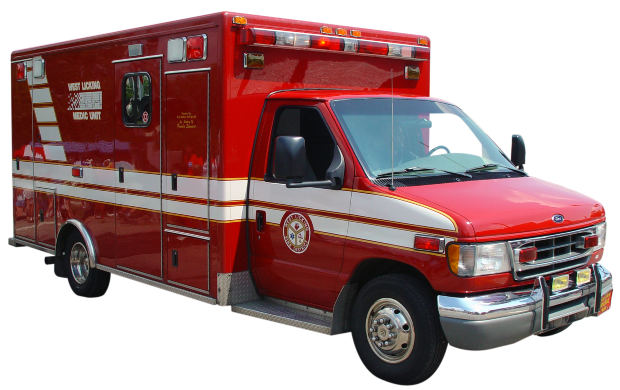The three Boston University students killed last May when their minivan flipped on a rural New Zealand road, could have survived had they been wearing seatbelts, officials said.
Rotorua, New Zealand Constable Tina Mitchell-Ellis, said that the three students who died, and a fourth who suffered severe brain trauma, were not wearing seatbelts and were thrown from the van. The four other passengers in the van who were wearing seatbelts survived and sustained only minor injuries.

The students had all been a part of a study-abroad program in New Zealand and were driving in a rural part New Zealand to begin a scenic hike. According to reports, the driver of the van, Stephen Houseman, became distracted while driving and drove onto the side of the road before over-correcting and flipping the van four times.
Neither drugs nor alcohol were involved in the accident, and police did not suspect Houseman was speeding before the accident. Officials believe that inexperience with driving a van and being unfamiliar with the roads contributed to the accident. Houseman pled guilty to careless driving and had his license suspended for six months.
This tragic accident involving Massachusetts college students is a stark reminder of the dangers of operating a motor vehicle or being a passenger in a motor vehicle, and not wearing a seatbelt. According to both the National Highway Traffic Safety Administration and the National Safety Council, seatbelts are the most effective safety device for preventing serious injury or death in the event of a car accident. In fact, wearing a safety belt can reduce the risk of serious injury during an accident by more than 50%.
In a study done by the NHTSA, 42% of motor vehicle passengers who were killed in accidents were not wearing a seatbelt. Under Massachusetts law, seatbelt violations fall under secondary enforcement laws; meaning that a driver can be ticketed by an officer for not wearing a seatbelt only if he or she has committed another traffic violation. The seatbelt usage rate in Massachusetts is estimated to be around 74%, which is lower than the National average (88%). However, the NHTSA estimates that over 1,600 lives could be saved and 22,000 injuries prevented each year if seatbelt usage was at 90% in every state.
Continue reading
 Boston Car Accident Lawyer Blog
Boston Car Accident Lawyer Blog











